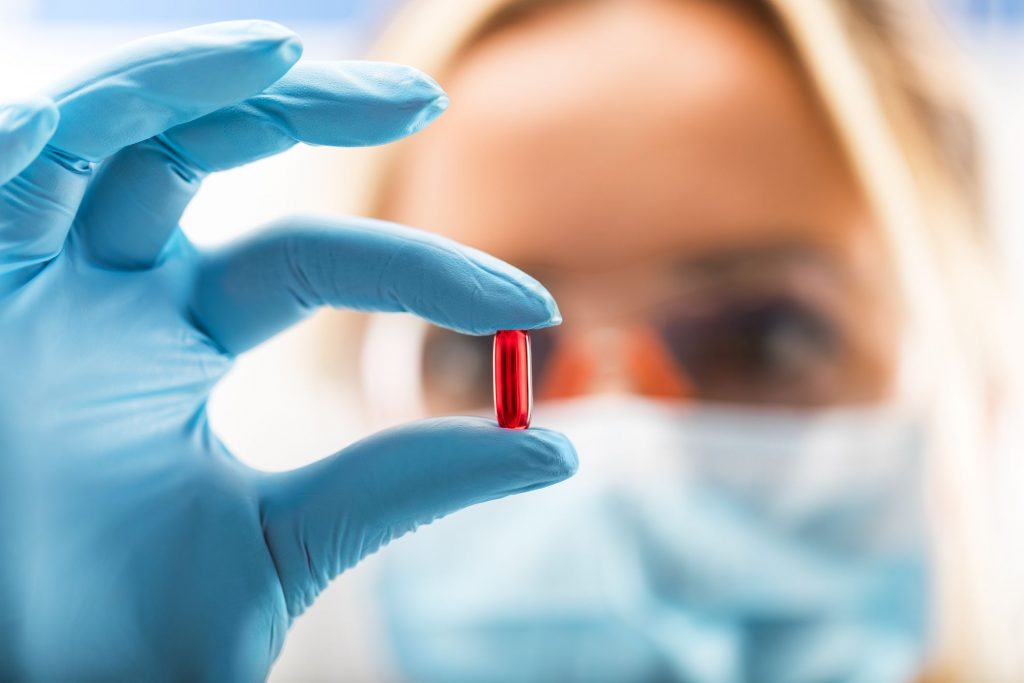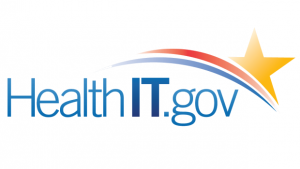The amount of time that elapses between researching a drug and it hitting the market is typically 10 years, but that may be minimized with the used of drug discovery informatics in the coming years.
Modern technology has improved data storage, processing, management and analysis. That’s needed as the amount of data from new methods of gene sequencing has vastly increased the amount of data available.
In the same way informatics can help organize a medical operation’s records, discovery informatics can make the system of researching and creating effective new drugs faster and more efficient.
Drug discovery informatics also supports the continued growth of precision medicine, which involves increasing the efficacy of medical care for specific patient groups based on genetic or molecular profiling.
What Is Drug Discovery Informatics?
Medical scientists create enormous amounts of data when conducting research into treatments for specific diseases or for certain patient demographics. Discovery informatics involves the creation of systems that can work more efficiently with such large sets of clinical trial and treatment data.
For example, a drug discovery informatics system from Infosys uses advanced algorithms to process data, leading to:
- Combining diverse, curated public datasets related to drug, disease, protein, pathway, gene expression and sequence data
- Using a variety of visualization types to offer different perspectives on data analysis results
- Offering the ability to customize the system for different aspects of the data in drug discovery research
PerkinElmer also offers a discovery informatics system that combines and organizes data from many sources, leveraging analytics for better predictive modeling and to address data sharing in the development of datasets, among other features.
It’s a complicated, innovative field. But it’s allowing researchers to work with massive datasets from a variety of sources in a more efficient way. That, in turn, leads to faster cycle time on the creation of efficient treatments.
Growing Market for Drug Discovery Informatics
All this is a long way from where drug discovery informatics were just last decade ago. A paper published at the time by the National Institutes of Health explored the possibilities of drug discovery informatics but also said “currently this is a largely unmet informatics challenge.”
Now, the market for discovery informatics software and skills is expected to experience a compound annual growth rate of 12.6% through 2025, making it a market worth more than $6.55 billion, according to a report from Grand View Research. Part of this is because it supports precision medicine efforts as the industry moves toward value-based care models.
The Food and Drug Administration has recently approved for the first time drugs and treatments that are created for patients based on their genetic makeup. The agency is also approving new uses for drugs already on the market based on genetic makeup. They now want pharma companies to identify and standardize biomarkers that could unveil more breakthroughs, according to an article from Health IT Analytics.
The use of those biomarkers in clinical trials could help speed up the time it takes for a new drug to reach patients by helping physicians identify optimal candidates for clinical trials.
Economic realities also have fueled the surge into drug discovery informatics. Drug companies currently spend more than $2 billion over a 10-year cycle to develop an effective drug, according to Perkin Elmer. Expensive failures in this area can now be mitigated with effective data mining and analytics, which has increased interest in discovery informatics.




